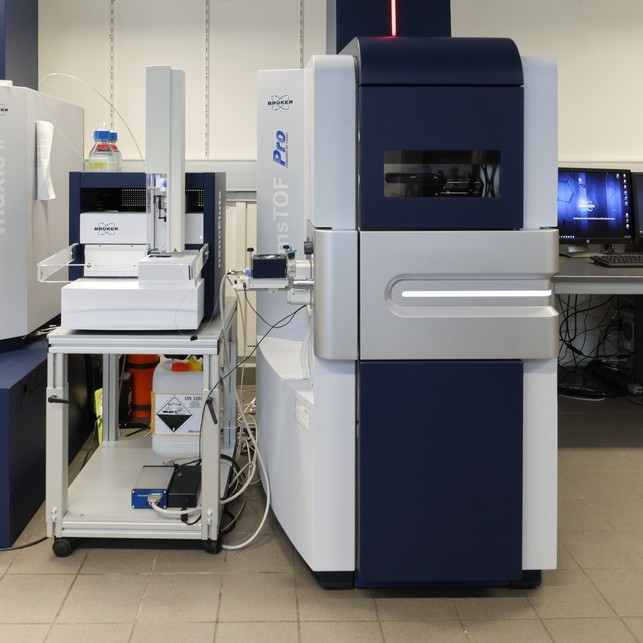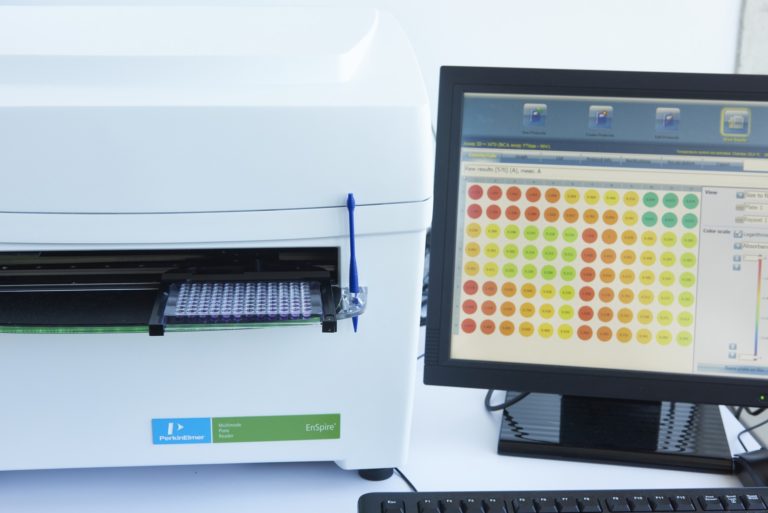- Services
Services
Inoviem provides a full range of services from drug discovery to clinical development by leveraging its platforms and direct access to human pathological specimens.
All the platforms and services are label-free with no modification of the original molecules.Unravel disease relevant Mode of Action (MoA) of your molecule directly on human tissues.
Identify and validate targets in your study model or in Human.
Thanks to our ex-vivo pharmacology expertise we identify the best disease and patients subgroups.
Using patients’ samples and PIMS® technology, we identify those individuals who can benefit best from your compound as soon as the early stage of preclinical studies.
Compounds of interest can be profiled for their drugability based on their mode of action and efficacy.
Translational pharmacology empowers your ability to identify biomarkers and advance clinical developments.
Advanced SPR and proteomics drive precise analysis of biomolecular interactions and protein landscapes.
Meticulous collection and biobanking of human samples fuel robust, translational research.
- Platforms
Platforms
Inoviem provides breakthrough protein technologies for each phase of the drug development process.
One of the major advantages of our label-free technologies used under physiological conditions and in human tissue – NPOT® and PIMS® – is that the test compound retains its original structure, as well as the exact same molecular structure that would be used in therapyPIMS®
Designed to study molecular interactions and predict therapeutic responses in biomedical research
Biomarkers discovery
Methodology for the proteomic profiling of human individuals in the context of translational evaluation of biomarkers and clinical development of new drug candidates.
- Knowledge centre
- About us
About us
Inoviem Scientific is a Bioanalytical R&D company established in 2011 in Strasburg – France.

Our mission
Our mission is clear: to get the right treatment to the right patients within the right therapeutic window.
- Contact us
Target validation and engagement
Understanding a drug’s primary target is crucial for successful development. However, inadequate validation of targets early on can lead to costly clinical failures. At Inoviem Scientific we help you overcome these challenges by:
- Validating targets in your chosen model: Whether cell line, primary cells, iPSCs, or animal models, we can validate candidate targets within the same model you’re using for further development.
- Dose-dependency target engagement studies as proof of concept: with our LIPS ® Platform we show how your molecule is interacting, dose dependently, with its therapeutic targets in living models
- Unveiling the full interactome: when not sure of therapeutic target or suspecting off-target interactions, our proteomic platform combined with NPOT® technology allows for comprehensive analysis. This technology reveals the complete protein network your compound interacts with, including both beneficial (on-targets) and unintended interactions (off-targets). Importantly, it preserves the natural structure and conformation of these proteins. Through pathway enrichment analysis, we can identify and validate both on- and off-targets, leading to a deeper understanding of potential toxicity pathways.
Reduce attrition rates: early side-effect detection
Identifying secondary targets that might cause side effects is critical. NPOT® technology allows us to quickly determine if a secondary target is beneficial or detrimental to the target indication. This can be done preclinically or even during clinical phases, allowing you to identify and address potential side effects much earlier, significantly reducing attrition rates in Phase II trials.


Salvaging potential: repurposing failed compounds
Our robust approach can give new life to seemingly failed compounds. We can identify new indications for them through target validation, enabling you to quickly reposition the drug and avoid costly development dead ends.
Benefits of Inoviem’s target validation services:
- Reduced risk: Validate targets early to avoid costly clinical failures.
- Expanded opportunities: Repurpose “failed” compounds through target validation and repositioning.
- Improved efficacy: Identify both on-target and off-target interactions for better drug design.
- Faster development: Discover and address potential side effects earlier in the process.



